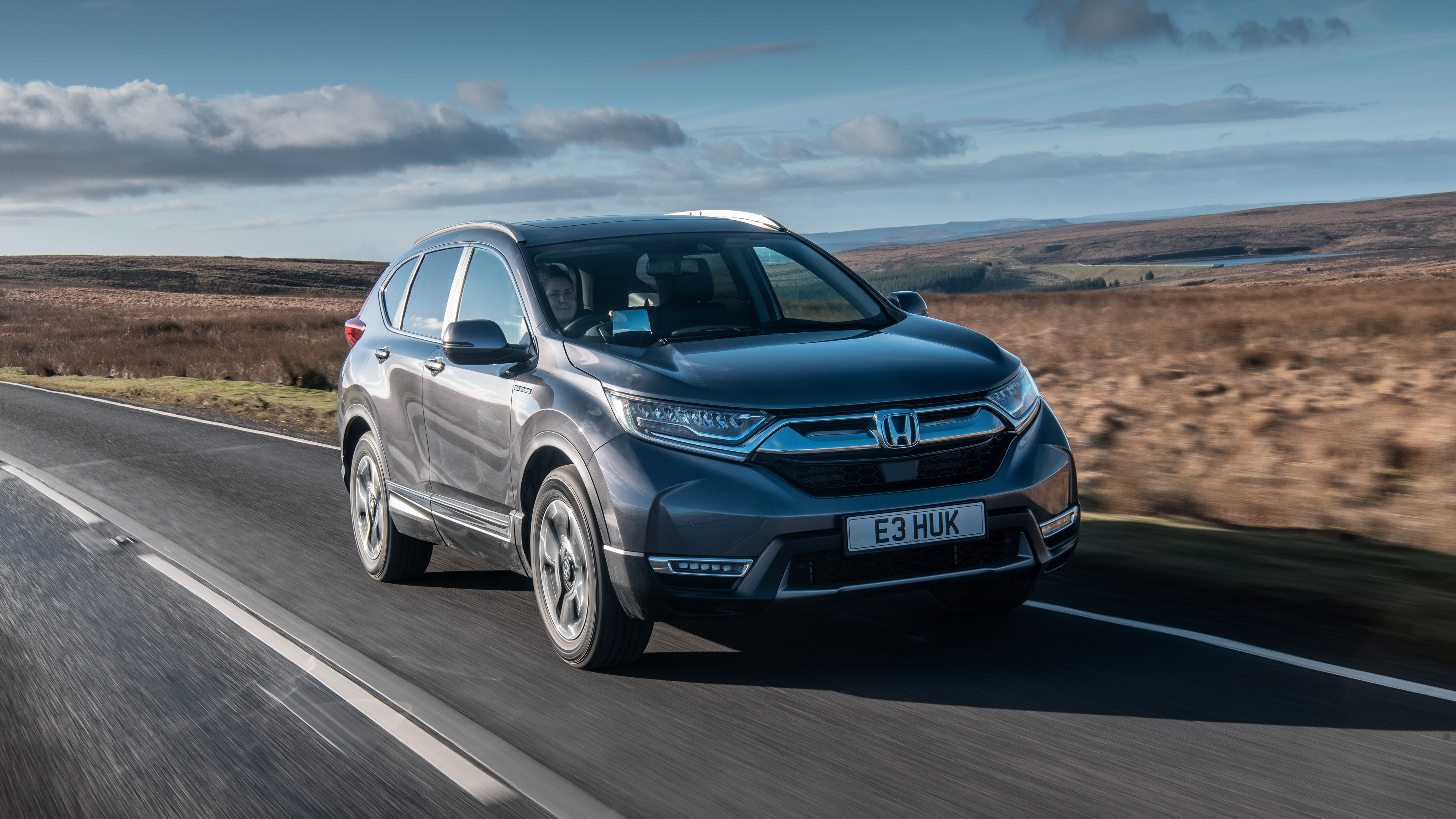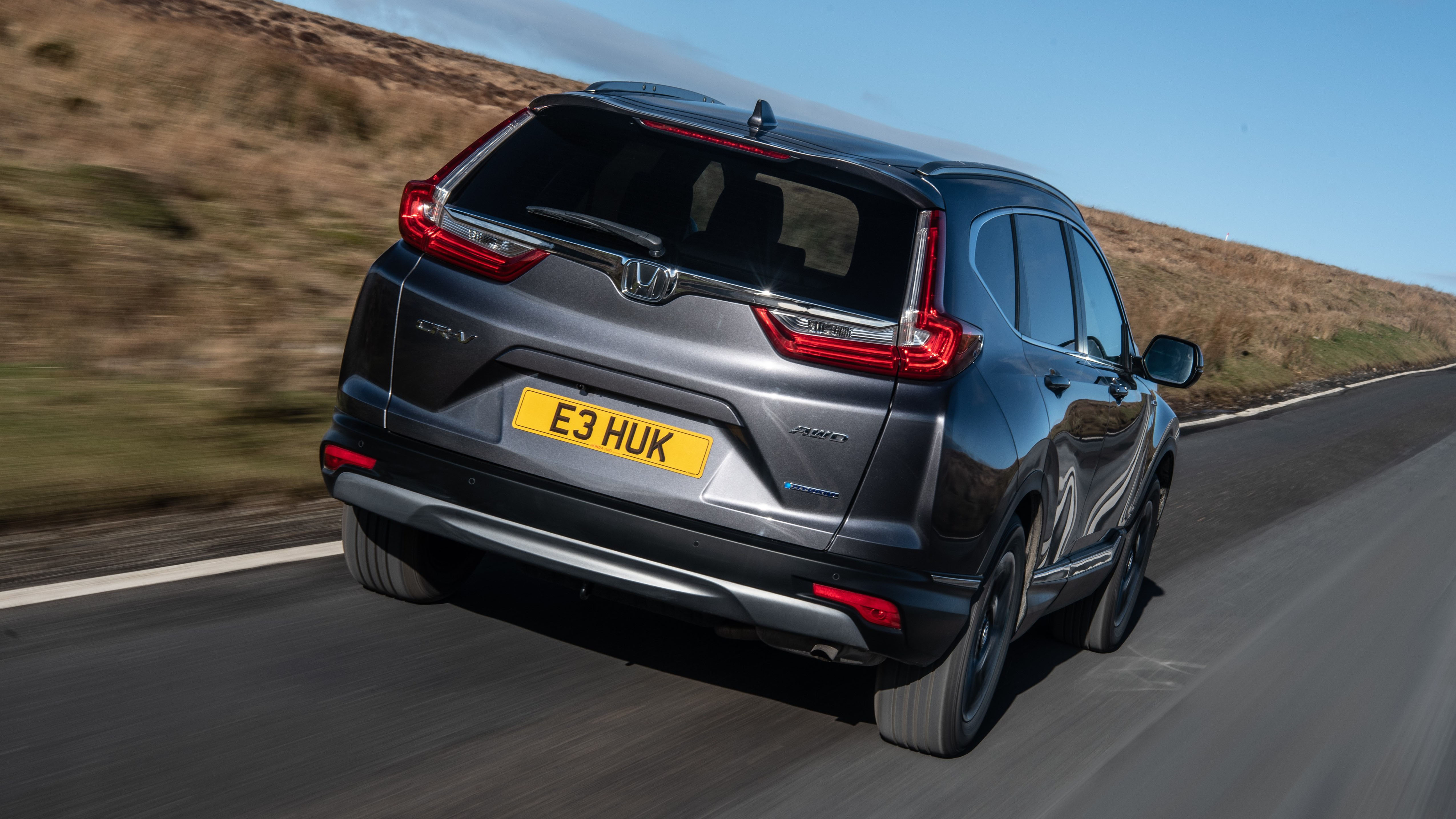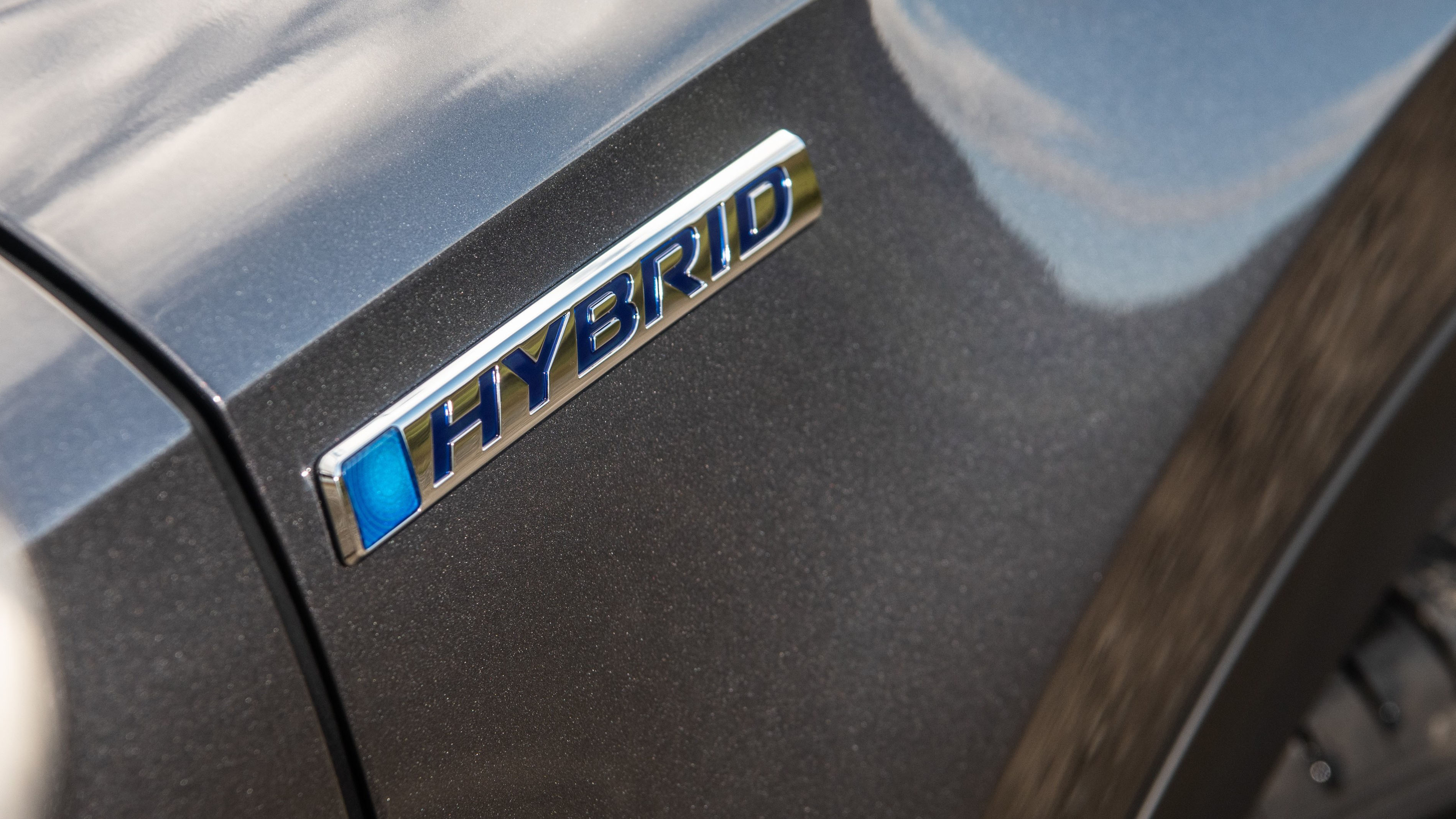
Wait, don’t I recognise that car?
We’re sure you do. Previous generations of the CR-V have shifted in their hundreds of thousands, making it the world’s best-selling SUV in the process. But the CR-V is one of those cars that almost completely blends into the background. Start paying attention, though, and you’ll begin to notice them all over the place. They’re literally* at every set of traffic lights and attached to every single caravan in the country.
However, you’ll also be familiar with this current generation - we drove it a while back fitted with a 1.5-litre turbocharged petrol engine, and we liked it very much.
So, what’s new here?
Now in its fifth generation, the CR-V completely shuns diesel. That means your drivetrain options are the aforementioned turbo petrol, with either a manual or CVT gearbox, or this – a hybrid version that pairs two electric motors with a 2.0-litre petrol engine.
This is the first time that the CR-V has been offered in hybrid form, so we’ll go through the nerdy stuff first, not least because Honda’s hybrid system is actually quite interesting. Although feel free to switch off if, like most CR-V buyers, you don’t really mind how it all works.
Go on then, I’m listening...
Essentially, the car provides propulsion in three different ways, depending on the demands of the environment and your right foot.
It’s important to understand that the Honda system doesn’t have a compound CVT like Toyota hybrids do. The only time the engine is connected to the wheels mechanically is when a lock-up clutch closes, and it’s in a single fixed gear.
When that clutch is opened – which is most of the time – it’s in effect an electric CVT, and sure enough, it feels like a CVT when driving. Honda calls this mode Hybrid Drive. The petrol engine drives a generator, which is powering the electric motor that drives the wheels. Rev up the engine and you get more generator power which gives more motor torque.
Top Gear
Newsletter
Thank you for subscribing to our newsletter. Look out for your regular round-up of news, reviews and offers in your inbox.
Get all the latest news, reviews and exclusives, direct to your inbox.
Is that the best way of doing it?
It might sound inefficient to turn power from mechanical (engine) to electric and send it back to mechanical (motor). But it has advantages. The system keeps the engine running near its most efficient throttle and revs regime, and if there’s any extra power being generated that the wheels don’t need, it goes to the battery. Also, the electric motor/generators can return energy to the battery by regeneration when you lift off or brake.
So, much of the time (especially at low speed) the engine can shut down entirely, and the car goes along on motor drive alone. You can also press an EV mode button and if there’s good charge in the battery you’ll proceed silently for just over a mile.
The final mode only really activates when you’re cruising at higher speeds. It’s known as Engine Drive and connects the 143bhp petrol engine to the wheels via that lock-up clutch, leaving you with a single gear. This has the advantage that you get a more conventional sense of engine speed sound without the CVT rubber-band effect.
There’s no total power figure for the CR-V Hybrid, because the engine and electric motors don’t run at proportional rotational speeds. It rarely feels lacking in pace though, and the CR-V isn’t much of a Top Trumps car, so not having a figure shouldn’t put many off.
What’s the hybrid like to drive, then?
The system works well. It’s been developed to switch between modes seamlessly and you often won’t notice a change. There are times when the sound of the petrol engine intrudes into the cabin, despite Honda giving the hybrid extra sound deadening. It’s particularly noticeable at motorway speeds in full Engine Drive mode.
In town, the electric motor provides a useful burst of acceleration and the CR-V hides its mass reasonably well. On the move, the steering isn’t anything to write home about but it’ll do everything it's asked of. In a true Top Gear real-world test, we managed just over 45mpg on a combined London/motorway run.
I’m guessing it’s the same as the petrol CR-V inside?
A fair assumption, but not quite. Frustratingly, the presence of those lithium-ion batteries under the floor means there’s no room for the third row of seats (or a spare wheel) so you can’t go seven-up like you can in the petrol. The dials have also been redesigned but they’re fiddly to change and not especially intuitive to understand.
The hybrid does get the same infotainment system as the petrol, too. Unfortunately. Regular users of first-gen touchscreen phones will feel right at home, for everyone else it will seem laggy and unrefined.
Our test car was the top-spec EX model, which is pricey at just under £38,000 but comes with heated leather seats front and rear, a massive panoramic glass roof and a head-up display. The CR-V also uses its space well, the boot is an impressive 497 litres with the seats up, and rear leg room is plentiful even behind the most elongated of drivers.
Would you recommend it?
Good question. The hybrid system is clever and does provide better real-world mpg than the petrol, but CR-Vs are likely bought in the name of practicality and losing that extra row of seats seems like a compromise - especially given the premium you’ll pay for part-electric power.
The fifth generation CR-V gets a lot of things right. Keep the spec down, decide whether you need 4WD or 2, make sure you tick the box for Apple CarPlay and unless you're really of an eco mindset, stick with the simple drivetrain. You’ll have all the car you could ever need.
6/10
*not, um, literally
Featured

Trending this week
- Car Review
BMW 1 Series
- Top Gear's Top 9
Nine dreadful bits of 'homeware' made by carmakers






